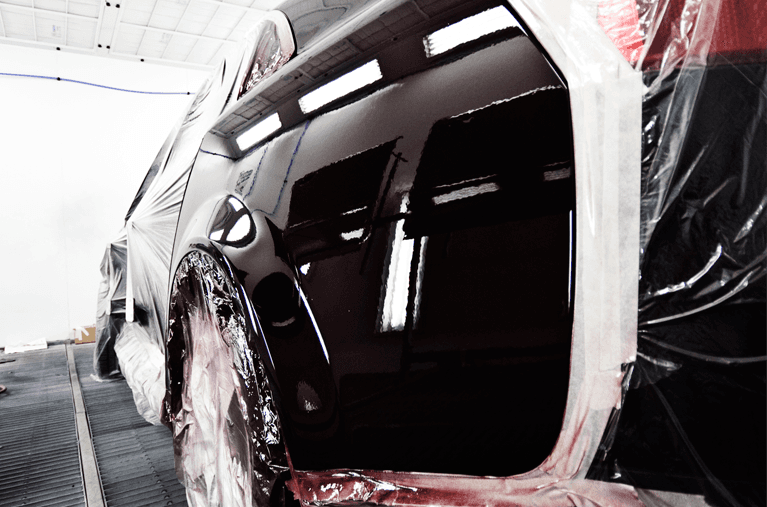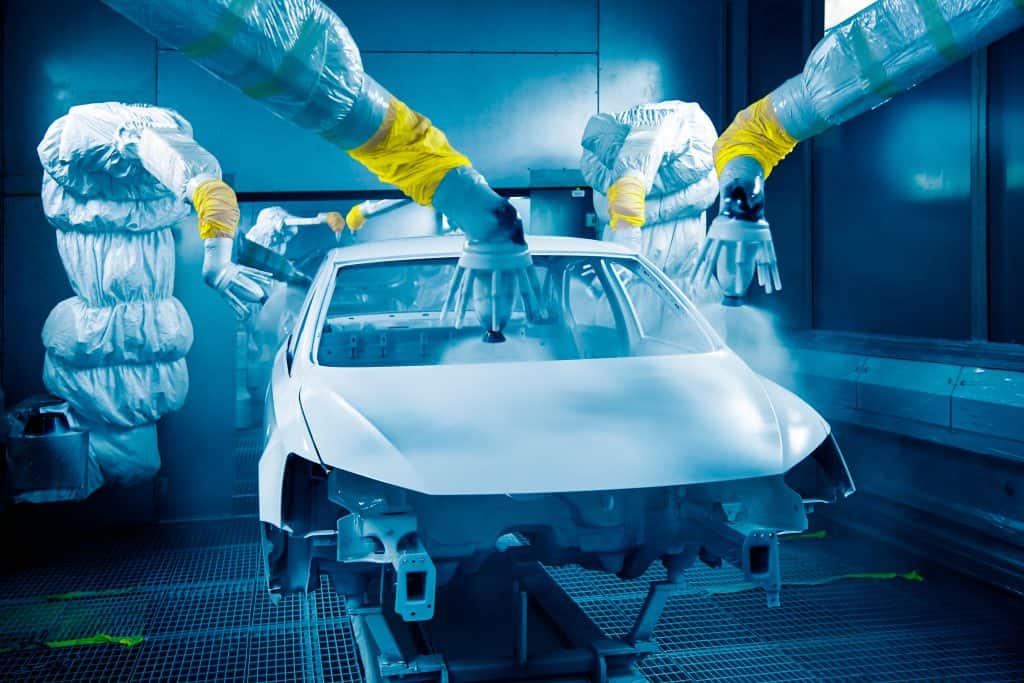
Ensuring Optimal Car Paint Finish with AI-Powered Solutions: Are You Ready?
Share
In the rapidly evolving world of automotive technology, ensuring optimal car paint finish with AI-powered solutions has become a focal point for tech professionals and enthusiasts alike. Understanding how artificial intelligence can enhance the painting process and produce flawless finishes is crucial for anyone involved in the automotive industry. This article dives deep into this fascinating intersection of technology and artistry, shedding light on how AI can revolutionize the car painting process.
As vehicles continue to advance in both design and performance, the importance of a stunning exterior has never been more paramount. From personal vehicles to luxury brands, a well-executed paint job serves not only as a protective layer but also as a key element of aesthetic appeal. This is where AI steps in, enabling manufacturers and service providers to optimize paint finishes in ways that traditional methods simply cannot achieve.

The Rise of AI in Automotive Paint Finishing
Artificial intelligence is transforming numerous industries, and automotive paint finishing is no exception. The integration of AI technologies allows for improved accuracy, speed, and consistency in the painting process. By automating tasks that were previously performed manually, manufacturers can streamline production while maintaining high-quality standards.
The application of machine learning algorithms can analyze various parameters, including environmental conditions and paint types, to determine the ideal conditions for painting. For a more detailed understanding of how AI is integrating into automotive paint processes, check out this article on AI inspection.
Benefits of AI-Powered Car Paint Solutions
Enhanced Precision
One of the most significant advantages of using AI in car paint applications is the enhanced precision it offers. By employing visual recognition technologies, AI systems can accurately detect imperfections in real-time. This allows technicians to address issues during the painting process rather than after, reducing the need for costly touch-ups and rework.
Consistency Across Batches
Manufacturers often struggle with maintaining consistency, especially when working with large production batches. AI-powered systems manage variations in environmental conditions or even human error. This ensures that each vehicle receives the same level of care and attention, resulting in a uniform appearance.
Cost Efficiency
Implementing AI solutions can significantly reduce costs in the long term. Decreasing the cycle time of paint jobs allows shops to service more vehicles each day, boosting overall productivity. For further insights into the financial aspects of car paint repairs, refer to this article on cost of fixing dents.
The Process of AI-Enhanced Car Painting
Using AI in car paint finishing is not just about the painting itself; it involves a complex system that operates from the moment a vehicle enters a workshop to when it leaves shining and immaculate.
1. Pre-Paint Analysis
Prior to painting, AI systems assess the condition of the vehicle's surface. This includes identifying scratches, dents, and other defects that require addressing. This initial analysis enables technicians to apply the appropriate treatments and primers, ensuring optimal adhesion of the new paint layer.
2. Environment Control
The performance of automotive paints can be influenced by environmental factors such as temperature and humidity. AI monitors these variables and makes real-time adjustments to the painting environment, ensuring that the conditions are optimal for applying the paint.
3. Real-Time Paint Application
With the aid of robots and AI-controlled systems, paint application can be done with extreme accuracy. These systems ensure that every inch of the surface receives the correct amount of paint, minimizing waste and maximizing aesthetics.
4. Post-Paint Inspection
Once the painting process is complete, AI systems conduct an exhaustive inspection. They analyze the finished surface for any flaws that need addressing. This proactive approach minimizes the chances of defects that could affect the vehicle's appearance or longevity.
Integrating AI with Traditional Painting Methods
While the benefits of AI-powered solutions are clear, it is essential to understand how these technologies fit within the framework of traditional painting methods. Combining these approaches can yield significant results.
For example, even with autonomous systems, skilled technicians are still required for complex jobs where creativity and artistry come into play. Having the right blend of human talent and AI efficiency can lead to groundbreaking improvements in car paint finish quality.
Future Trends in Car Paint Technology
The automotive industry is continually evolving. As AI technology becomes more advanced, we can expect even more sophisticated solutions tailored specifically for car paint applications. Innovations in material science may lead to new types of paints that can automatically repair themselves or change colors dynamically.
For now, companies already using AI-powered inspection systems, such as those highlighted in this article about detecting paint defects, are paving the way for more innovative solutions.

FAQ Section
1. What is the role of AI in automotive painting?
AI enhances the precision and efficiency of the painting process, allowing for real-time defect detection and environmental control.
2. Can AI completely replace human technicians in car painting?
While AI can automate many processes, skilled technicians are still essential for intricate tasks that require artistry and expertise.
3. How does AI improve cost efficiency in car painting?
By reducing cycle times and improving consistency, AI solutions enable service providers to increase productivity and reduce rework costs.
For a more detailed understanding of automotive paint processes, this article provides valuable insights into automotive paint. Embracing AI is undoubtedly a step toward ensuring optimal finishes in the car painting process.
